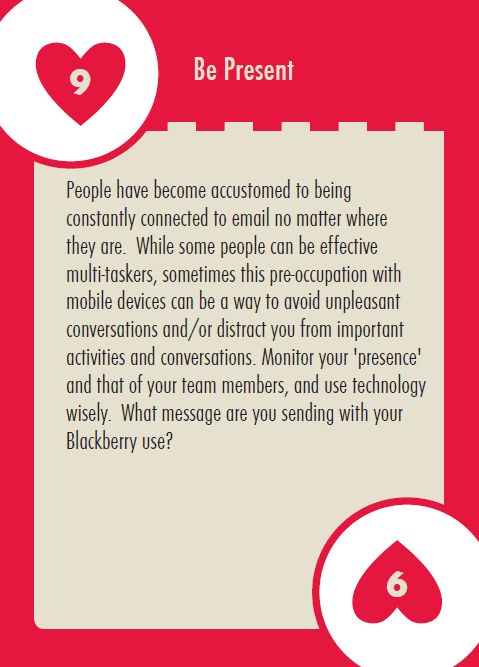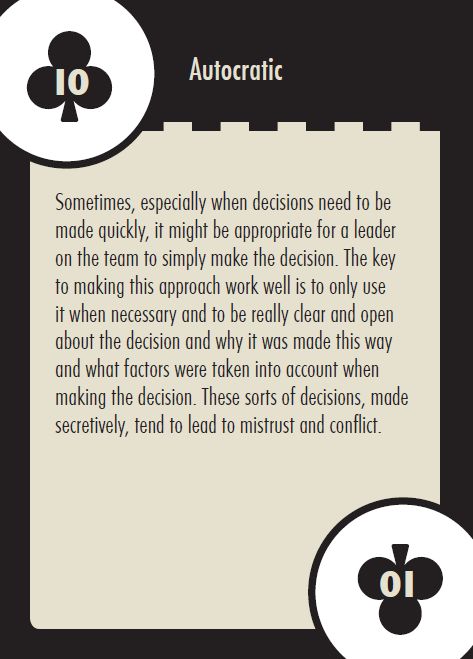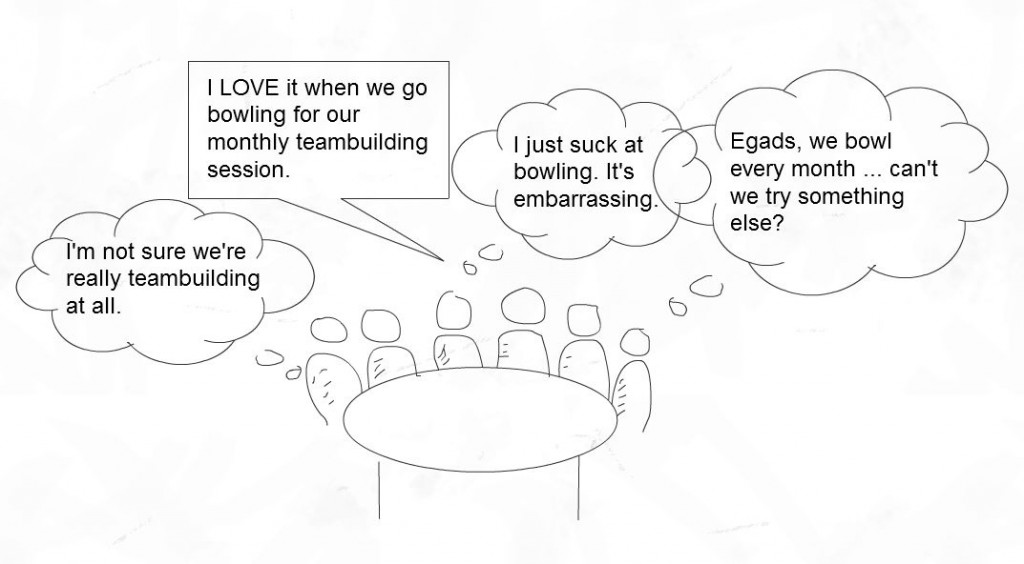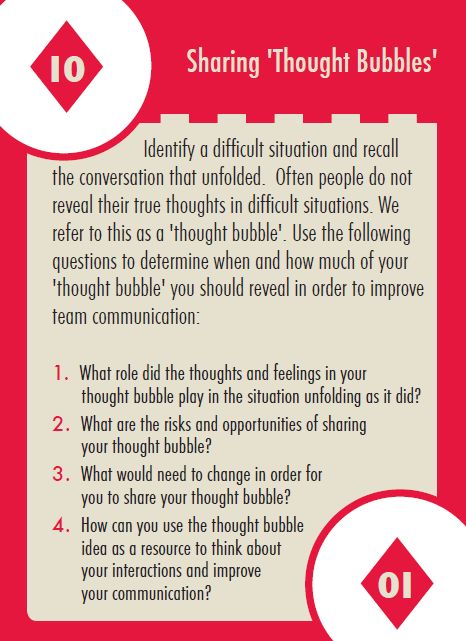The idea that Blackberry usage can actually lower your IQ and curb creativity has been around for a few years now. Linda Stone calls this continuous partial attention and suggests that people engage in it because they don’t want to miss anything. I think the reverse is sometimes true – people will use their Blackberries TO MISS something.
I became aware of this a few years ago while working with an executive team. The team was comprised of executives from two different companies and they were going through a challenging merger. Whenever certain topics would surface, the CEO would grab her notebook and write furiously. The CFO soon followed by becoming completely preoccupied with his Blackberry. After watching this for half a day, I commented on it and asked whether this pattern of behavior meant anything. Turns out it did and the conversation that unfolded led to some great insights for the team and a request that the team “be present” with each other at meetings from then on.
What role do mobile devices play on your team? Do team members engage in any other distractions (like writing in a notebook, thinking about tonight’s dinner, cracking a joke) when uncomfortable or unpleasant conversations come up? What would it mean to “be present” on your team and how might that enhance your team effectiveness and creativity?
This blog is based on the 9 of Hearts, Be Present, taken from our Teamwork Explorer. Written by Tammy.





